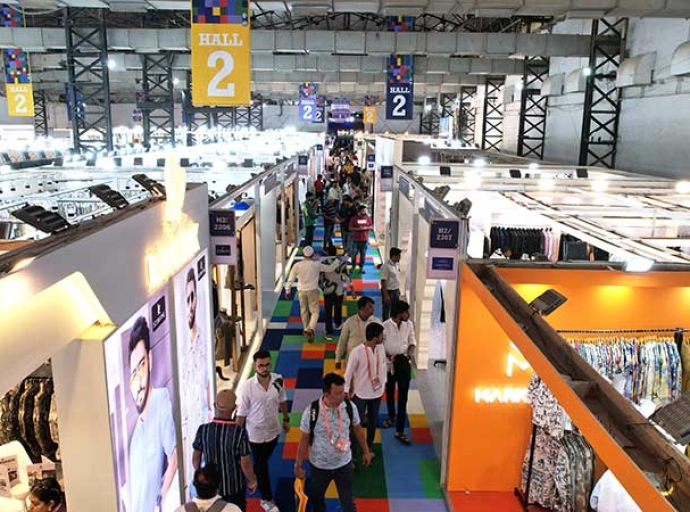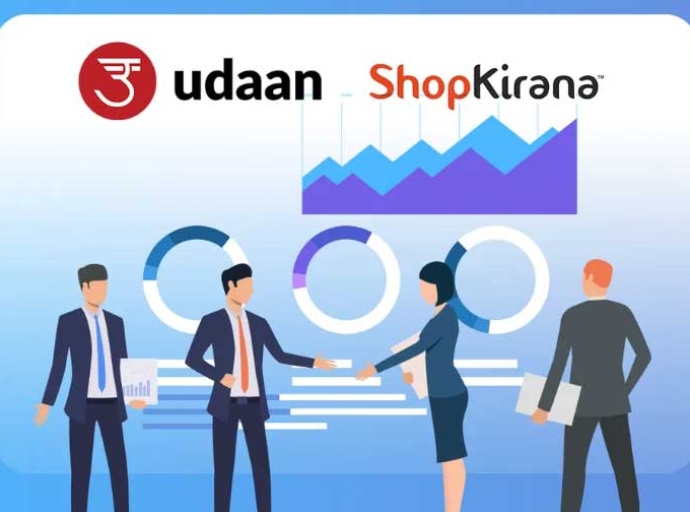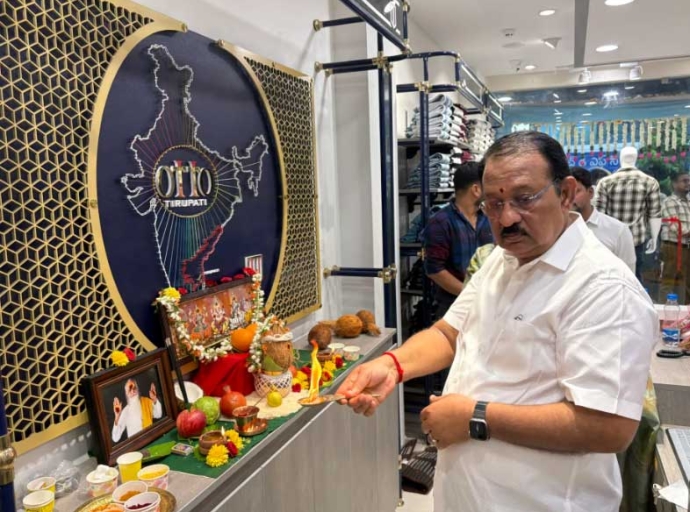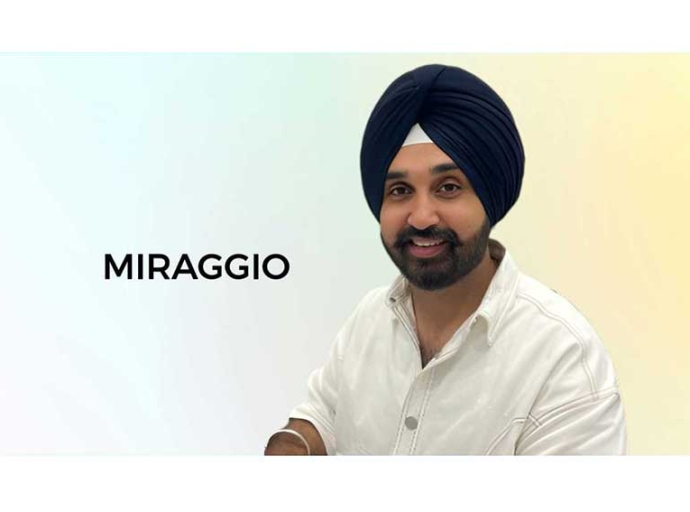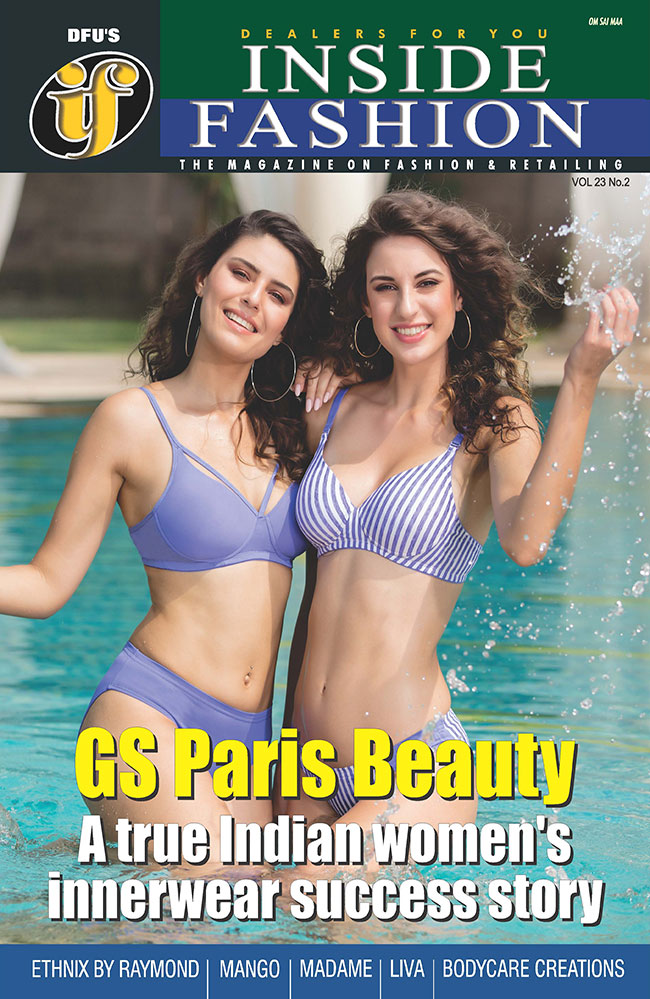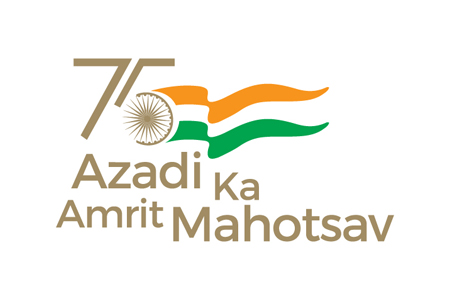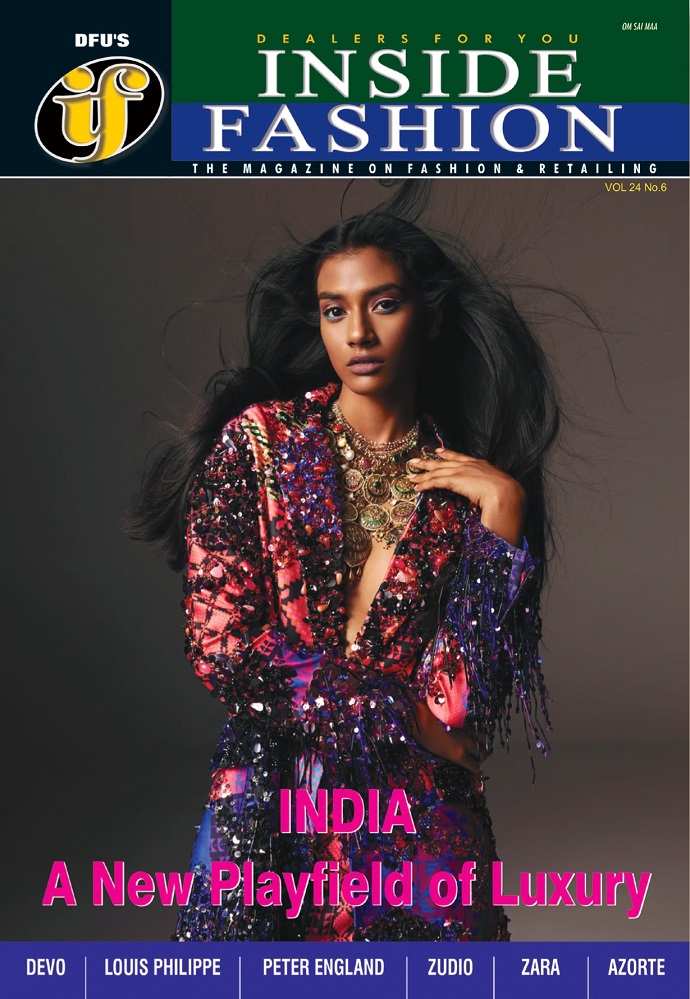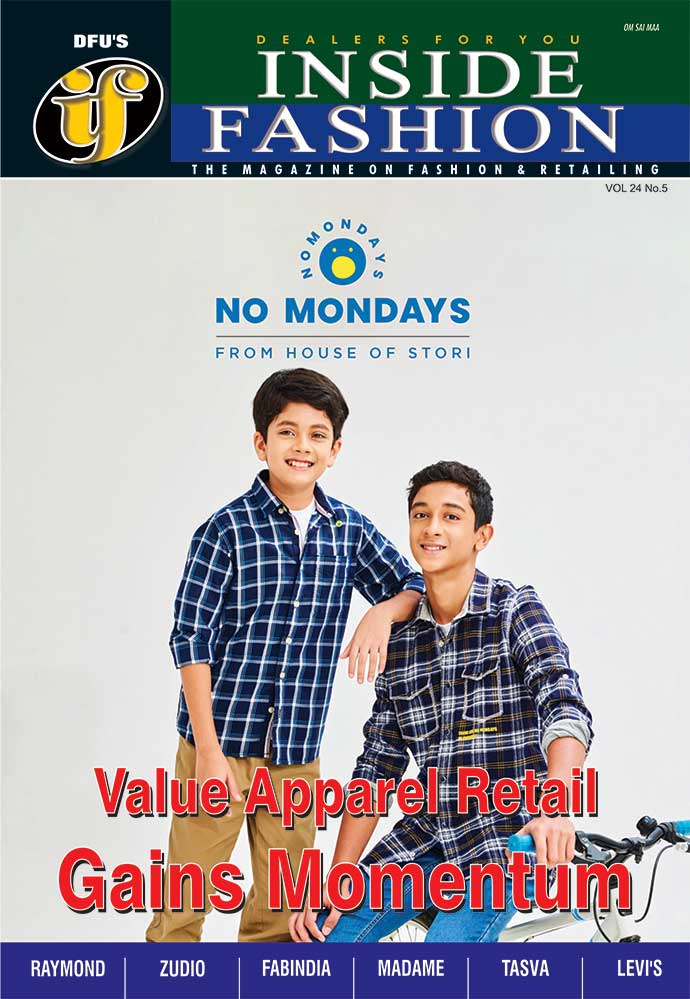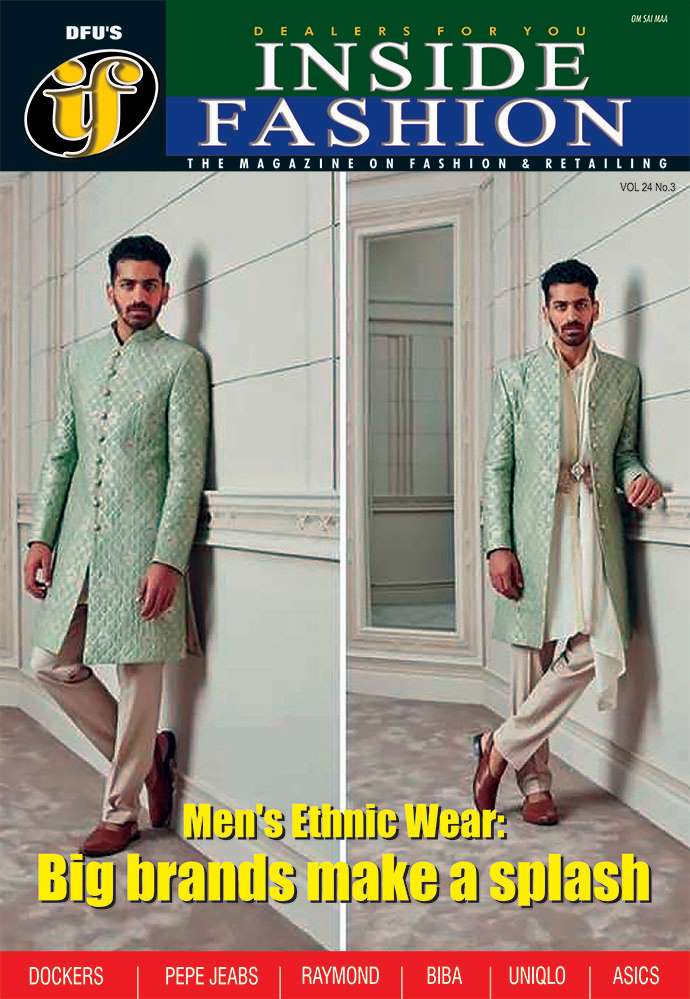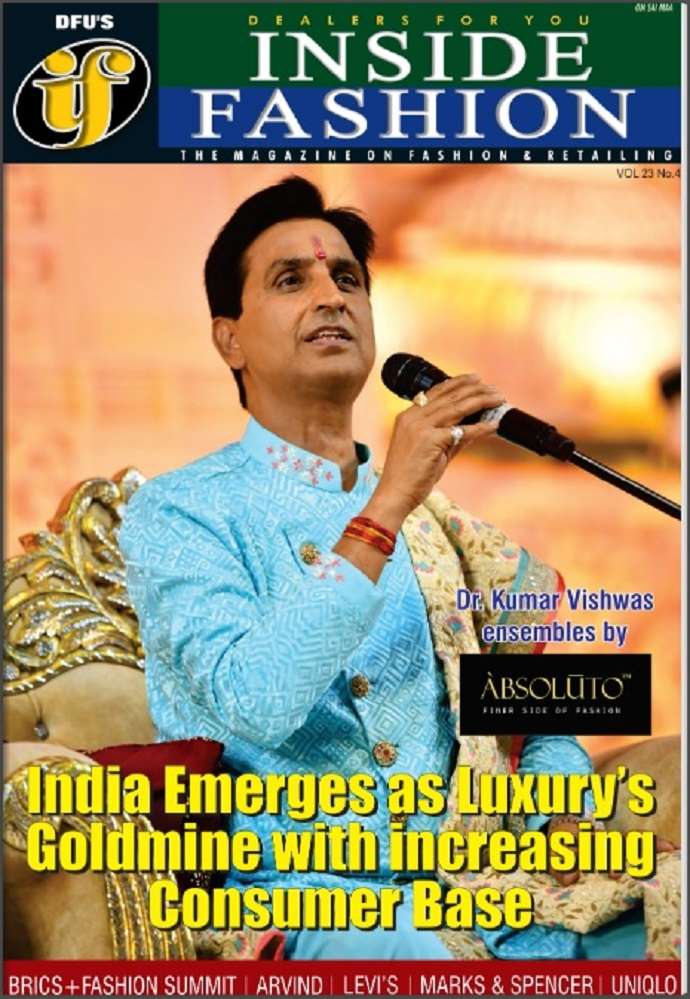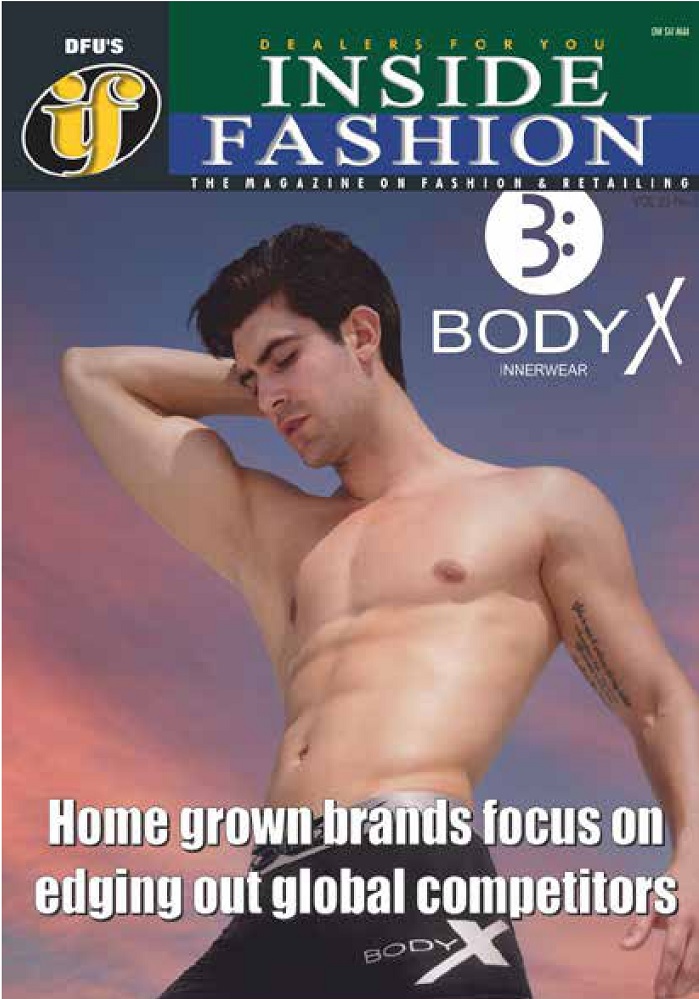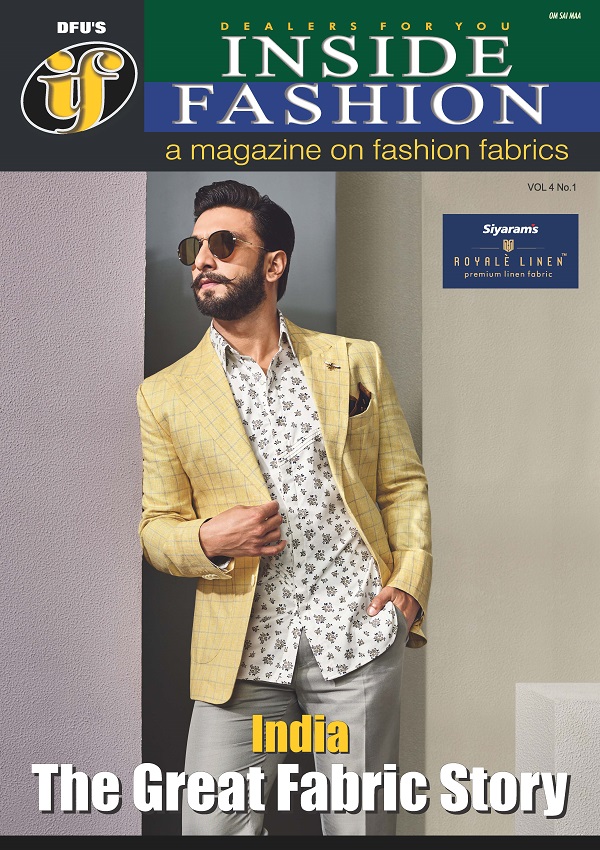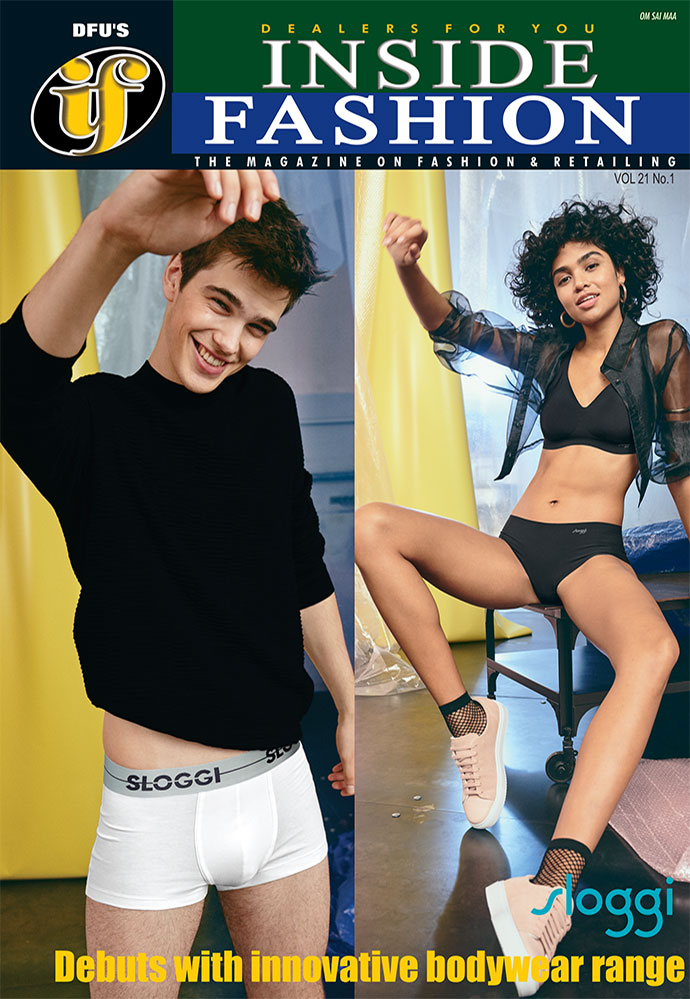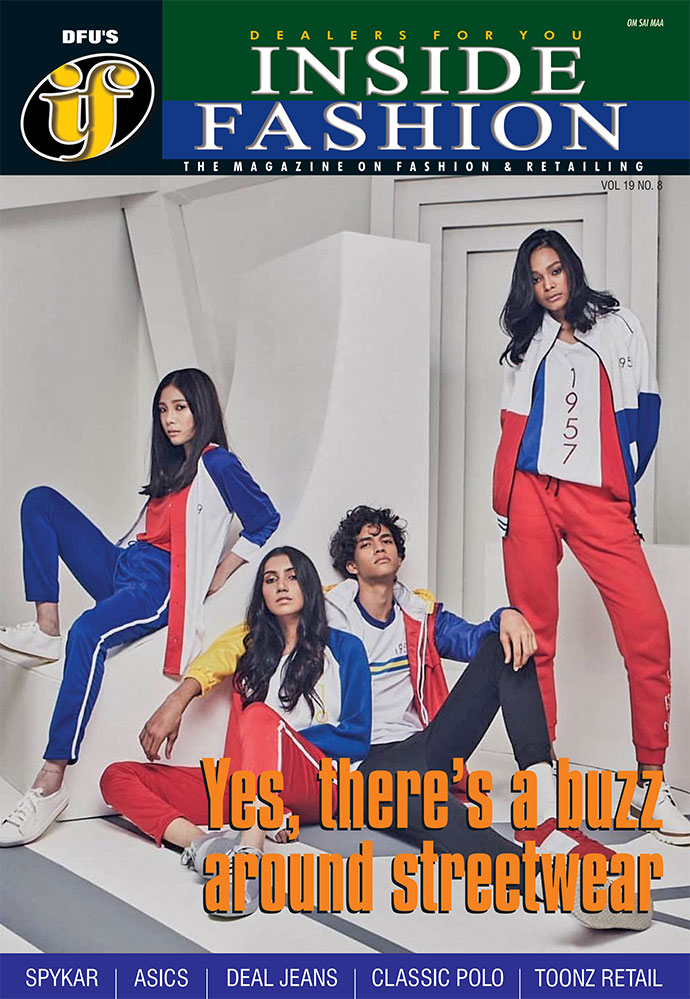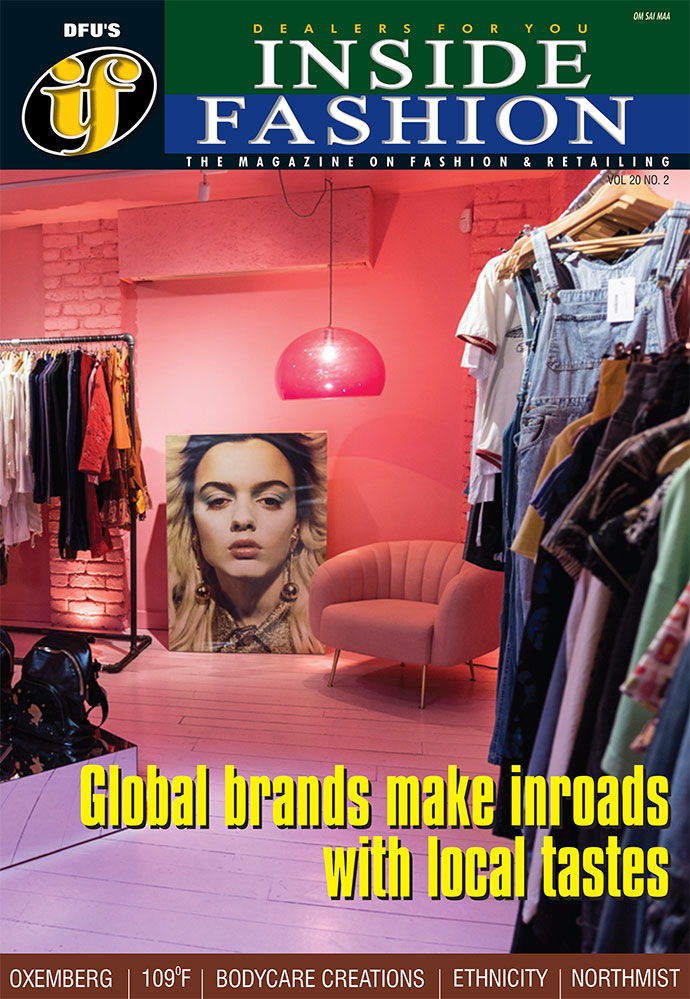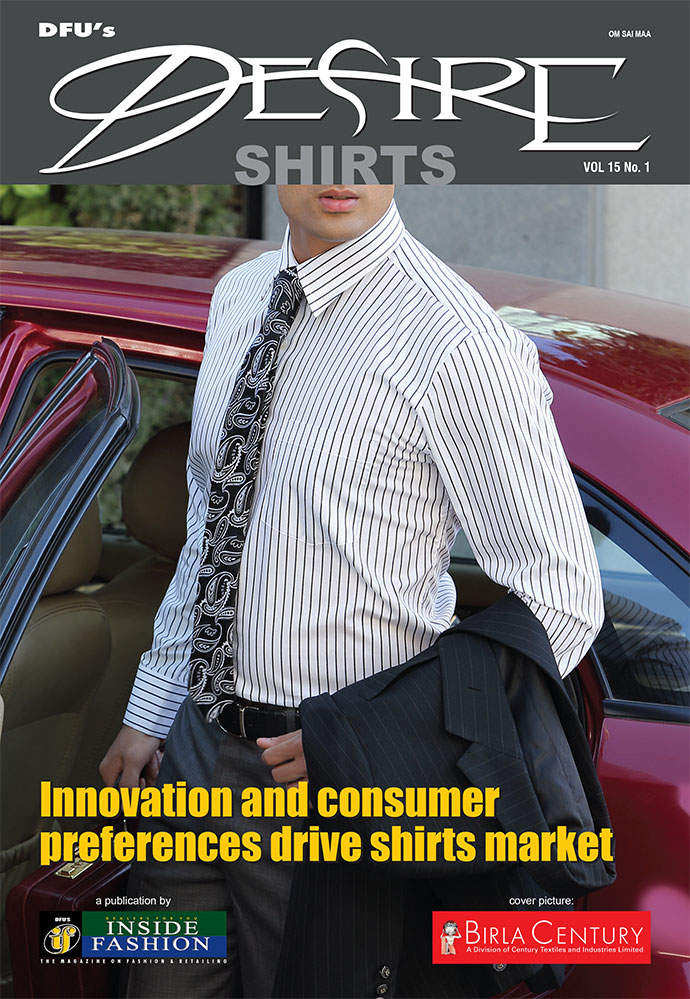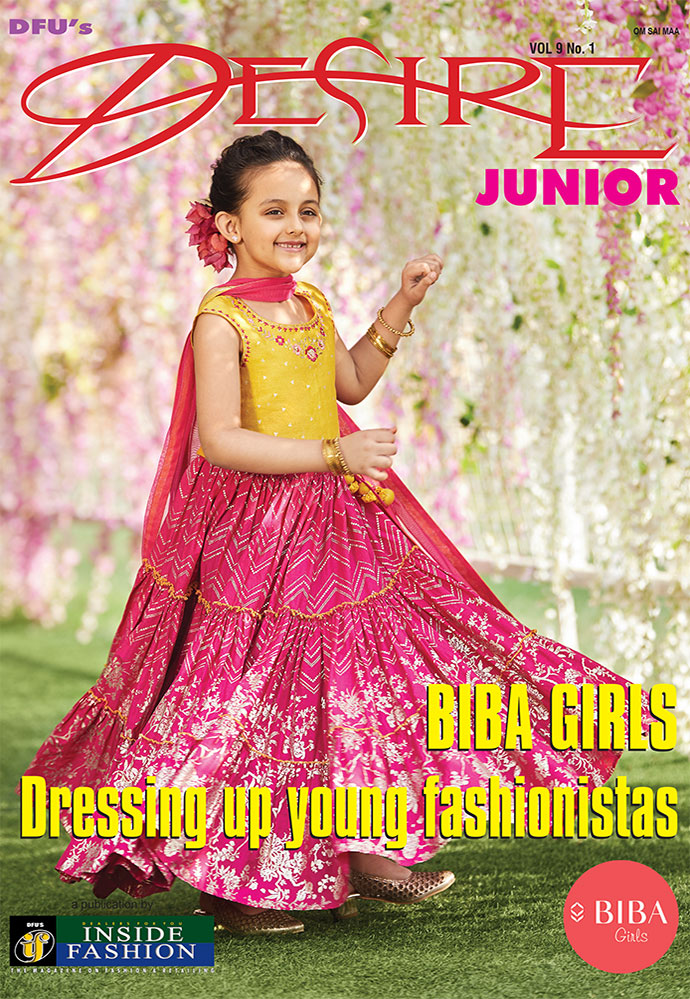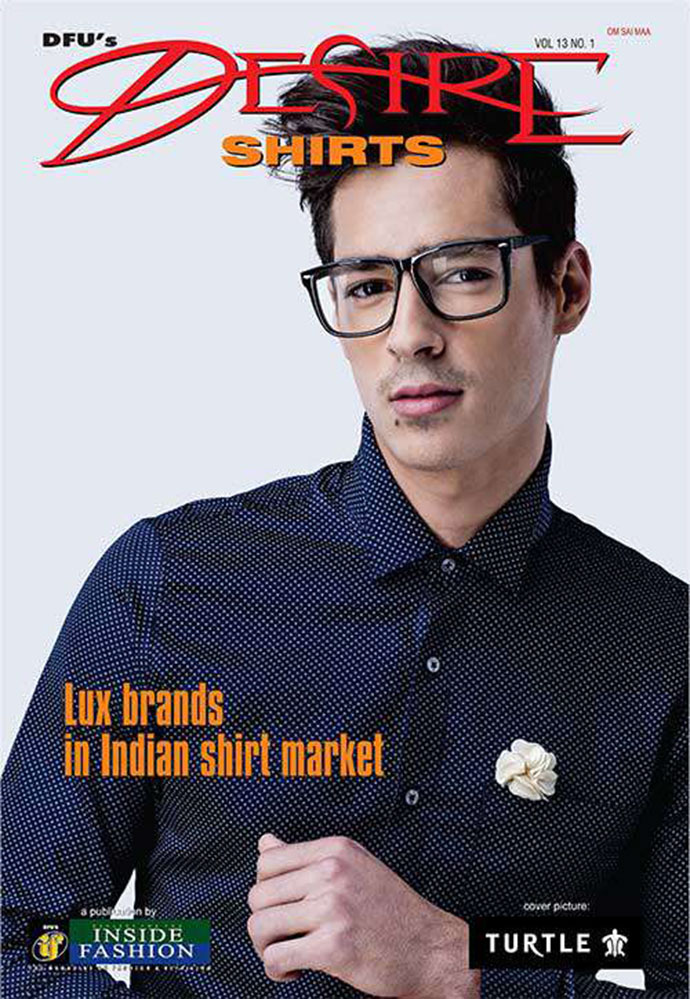India's men's luxury apparel market seeing a new era of style and growth
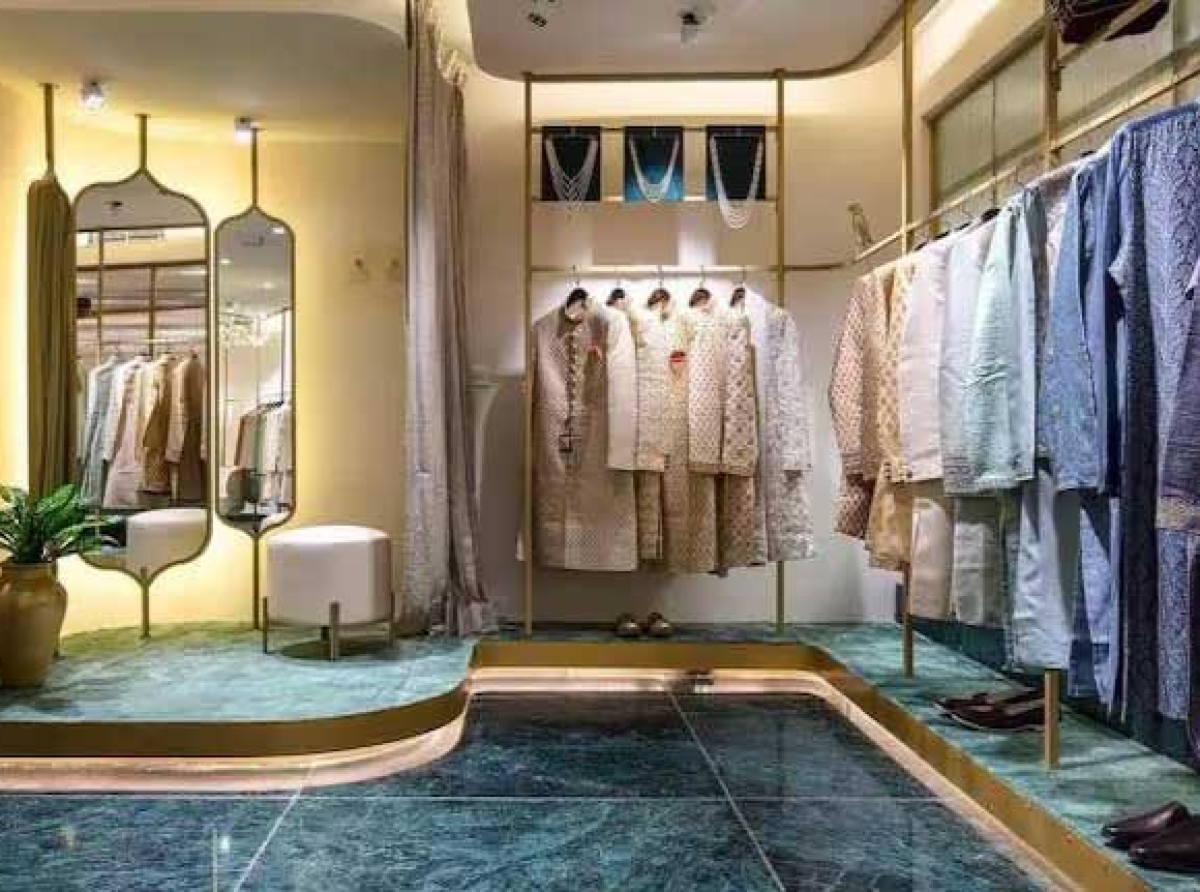
05 February 2025, Mumbai
The Indian men's luxury apparel market is impacted by rising disposable incomes, evolving fashion preferences, and a growing desire for premium brands. This rise in men's luxury spending mirrors a global trend where men's luxury sales are outpacing women's in some categories. A recent report by Euromonitor International indicates, this market is poised for substantial growth in coming years.
Growth projections
The report estimates the Indian men's luxury apparel market is currently valued at $142.7 million in 2024. With a projected compound annual growth rate (CAGR) of 3.4 per cent, the market is expected to reach $163.1 million by 2028. This growth, while significant, is being outpaced by the women's luxury apparel segment, which is projected to grow at a CAGR of 6.5 per cent to reach $231.8 million by 2028. However, as highlighted by the Reliance Brands (RBL) survey in 2022, men's luxury brand portfolios grew by a substantial 46 per cent in 2021, significantly higher than the 14 per cent growth seen in women's portfolios.
What’s shaping the market
Several factors are contributing to the expansion of the men's luxury apparel market in India. As the Indian economy continues to grow, disposable incomes are on the rise, allowing more men to indulge in luxury purchases. This is exemplified by individuals like Mandeep Sethi, a Delhi-based manufacturer, who owns multiple Gucci baseball caps and other luxury accessories. Indian men are also becoming more fashion-conscious and are increasingly seeking out premium brands and styles. The RBL survey found 57 per cent of men claimed their fashion spending had increased. The desire for exclusivity and status associated with luxury brands is a major driver of market growth. This is evident in the success of brands like Canali, Brioni, and Zegna, which have recently expanded their presence in India. Add to this growing awareness of international luxury brands through media and travel is boosting demand.
Social media has also played a crucial role in increasing awareness of the latest trends, as noted by Ritesh Kumar of DS Luxury. And a shift towards personalized style and self-expression is encouraging men to invest in high-quality apparel.
The Euromonitor report and other industry observations highlight several key trends shaping the future of the Indian men's luxury apparel market.
Increased focus on personalization: Brands are increasingly offering personalized services and made-to-measure options to cater to individual preferences.
Growing demand for sustainable luxury: Consumers are becoming more conscious of environmental and social issues, leading to a demand for sustainable luxury apparel.
Rise of online luxury retail: Online platforms like Tata CLiQ Luxury are playing a crucial role in expanding the reach of luxury brands and providing convenient shopping experiences, with a customer base split 60:40 between men and women, and men focusing on apparel, watches, and accessories.
Emphasis on experiential retail: Luxury brands are focusing on creating immersive and engaging retail experiences to attract customers.
Looking beyond apparels
The luxury market expansion extends beyond apparel to accessories and jewelry. Ethos, India’s largest luxury watch retailer sees nearly 70 per cent of its sales coming from men's watches, with trends leaning towards smaller dials, 18-carat gold, and limited editions. Men's jewelry is also witnessing a rise, with Platinum Guild International (PGI) reporting a 3X increase in distribution for their Men of Platinum brand in just five years and a CAGR of 18-20 per cent for the men's jewelry category. Bvlgari's launch of the India-exclusive B.Zero 1 Kada bracelet, priced upwards of Rs 12 lakh, underscores this trend.
Global brands, local approach
Global luxury brands are increasingly recognizing the importance of the Indian market. Canali's simultaneous launch of capsule collections in India with the rest of the world, and the expansion of brands like Brioni and Zegna, demonstrate this. Even Indian designers like Tarun Tahiliani and Rimzim Dadu are opening dedicated menswear stores, and collaborations like Aditya Birla's investment in Tarun Tahiliani's Tasva brand for men's ethnic wear highlight the growing focus on this segment.
Table: Market size and growth
|
Year |
Market size ($ mn) |
CAGR (%) |
|
2024 |
142.7 |
- |
|
2028 |
163.1 |
3.4 |
The Indian men's luxury apparel market is experiencing a period of dynamic growth. Driven by rising disposable incomes, evolving fashion preferences, and increased brand awareness, the market is witnessing a demand boost for premium menswear, accessories, and jewelry. Brands that can cater to the evolving needs and preferences of Indian consumers, while offering personalized experiences and sustainable options, will be well-positioned to succeed in this dynamic market. While the women's luxury market is currently larger, the rapid growth of the men's segment suggests a significant shift in consumer spending patterns.
Latest Publications



